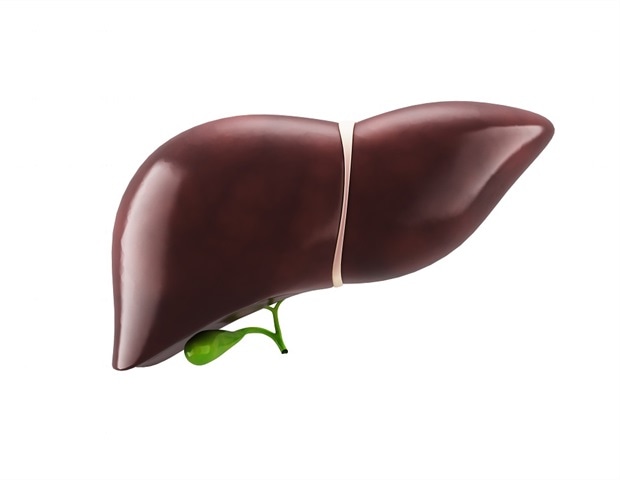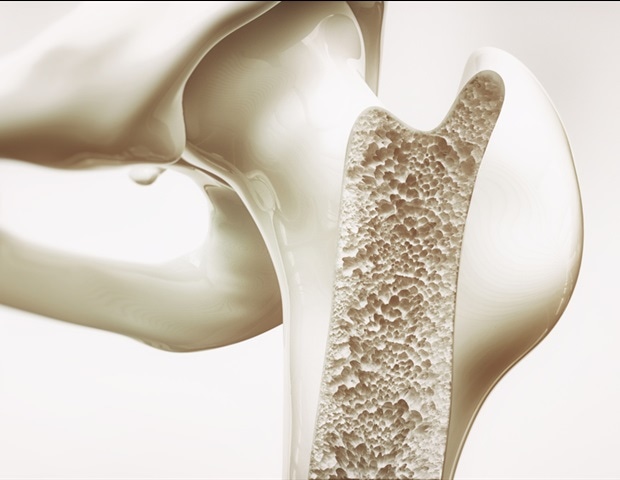Sept. 15, 2022 – The number of Americans newly diagnosed with monkeypox has decreased by about 50% since early August, White House and other federal health officials announced Thursday.
Although the overall picture is improving, there are still some areas in the U.S. seeing increasing infection numbers. For this and other reasons, the CDC plans to keep “the pedal to the metal” and continue educating, vaccinating, and treating communities at highest risk, said CDC Director Rochelle Walensky, MD.
“Over the last several weeks, we’ve been pleased to see a decline in the growth of new cases here and abroad,” Walensky said Thursday at a press briefing by the White House Monkeypox Response Team and public health officials.
What’s exciting is that the administration strategy here is working,” Walensky said.
“It’s really important to say we’re not the only ones who have our foot on the gas pedal,” said Demetre Daskalakis, White House Monkeypox Response deputy coordinator. He said communities of gay, bisexual, and other men who have sex with men, including men of color, have “their foot on the gas pedal too.” This population is helping officials understand how best to use the treatment drug TPOXX and the Jynneos vaccine, for example, and will be essential to ongoing research.
Monkeypox has also been identified in a small number of women, but in each of these cases no further transmission has occurred, officials noted.
TPOXX and Concerns About Resistance
Some experts have questioned whether tecovirimat, or TPOXX, an antiviral drug authorized by the FDA to treat the related smallpox virus, might someday become less effective against the virus.
“Whenever you have a viral illness that spreads with replication largely in the community and you have a single drug that you’re using, there is always the theoretical possibility of resistance,” said Anthony Fauci, MD, director of the National Institute of Allergy and Infectious Diseases.
“That’s the reason why we’re uncomfortable when you only have a single drug that has been shown to have efficacy, or you’re proving that it has efficacy, which is part of the clinical trial,” Fauci said.
Fauci’s team is sponsoring a clinical trial that launched Sept. 8 and plans to enroll 500 adults and children. Researchers plan to evaluate the drug’s safety and whether tecovirimat works better than placebo on healing time, pain scores, preventing people from progressing to severe monkeypox, and more. The risk of resistance will also be addressed in this trial, Fauci said.
Future research will investigate other antiviral medications so there is more than one option, especially if resistance to tecovirimat does emerge.
Vaccination: Successes, Equity Efforts, and Research
More 540,000 doses of the Jynneos vaccine have been administered across 39 jurisdictions reporting data to the CDC, Walensky said.
CDC data shows 47% of people getting a first dose are white, 21% are Hispanic, and 12% are Black.
Officials also report an increase in people receiving their second dose of Jynneos over the past few weeks. The recommended time between the first and second vaccine dose is 28 days.
“As a reminder, Jynneos is a two-dose vaccine and it is important to receive the second dose in the series to have the best protection against monkeypox,” Walensky said. She added that current data suggests peak protection occurs 14 days after the second dose.
It’s the early adopters, or as Walensky describes them, “the people who roll up their sleeves before they’ve reached the pharmacy,” that account for most vaccinations so far.
Officials recognize we’re entering a more challenging phase in terms of getting more reluctant people vaccinated as well.
In an effort to “hunker down and go deeper” into communities at risk, the White House plans to build on their previous success with outreach at large pride events and expand the pilot program to smaller community events, said Bob Fenton, White House Monkeypox Response Coordinator.
Effective interventions hinge on targeting men of color as well, which is part of the CDC Monkeypox Vaccine Equity Pilot Project.
“We have also seen the racial and ethnic makeup of this outbreak evolve,” Walensky said. At first, monkeypox cases were reported in primarily non-Hispanic white men. In the past few weeks, however, the demographics have shifted. Now non-Hispanic white men account for 26% of cases, non-Hispanic black men for 38%, and Hispanic or Latino men for 25% of cases.
“As we’ve said, equity must remain the cornerstone of our response,” Daskalakis said.
In terms of vaccine research, the NIAID is sponsoring a study to evaluate the effectiveness of administering the Jynneos vaccine between layers of skin instead of under the skin for protection against monkeypox. As of Aug. 10, the FDA allowed the splitting of a single dose of Jynneos typically given under the skin, or subcutaneously, into five doses given between layers of the skin, or intradermally. Now researchers are looking at the practice’s safety and efficacy further in the trial.
Monkeypox‘Does Not Travel Alone’
Data shows monkeypox does not travel alone, so using existing services that focus on HIV and sexually transmitted infections in affected communities is another strategy to educate and reduce monkeypox, Daskalakis said.
For example, 38% of 1,969 people diagnosed with monkeypox had HIV and 41% had an STI in the prior year, according to a study published in the CDC’s Morbidity and Mortality Weekly Report on Sept. 9.
“We quickly use this data to change how monkeypox services can be supported by public health departments, clinics, and community-based organizations,” Daskalakis said. “The same people we need to test for HIV and sexually transmitted infections and lead to prevention and care are the same people who need monkeypox-related services, like testing, education and vaccines.”
“This important change in guidance … allows our frontline health departments and community-based organizations to use their HIV and STI resources to accelerate us all to the end of the monkeypox outbreak.”







